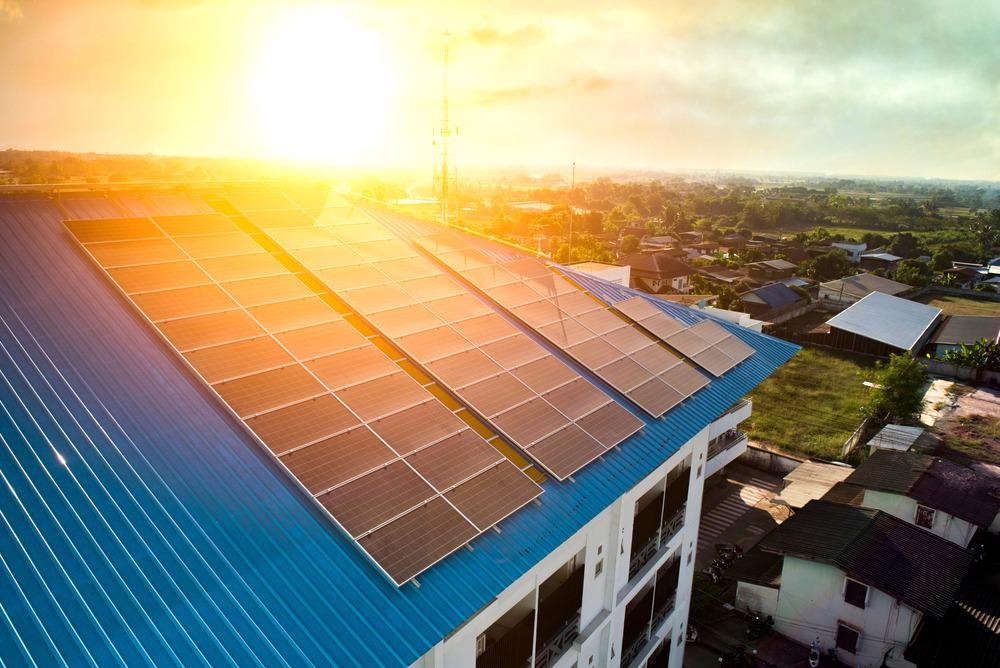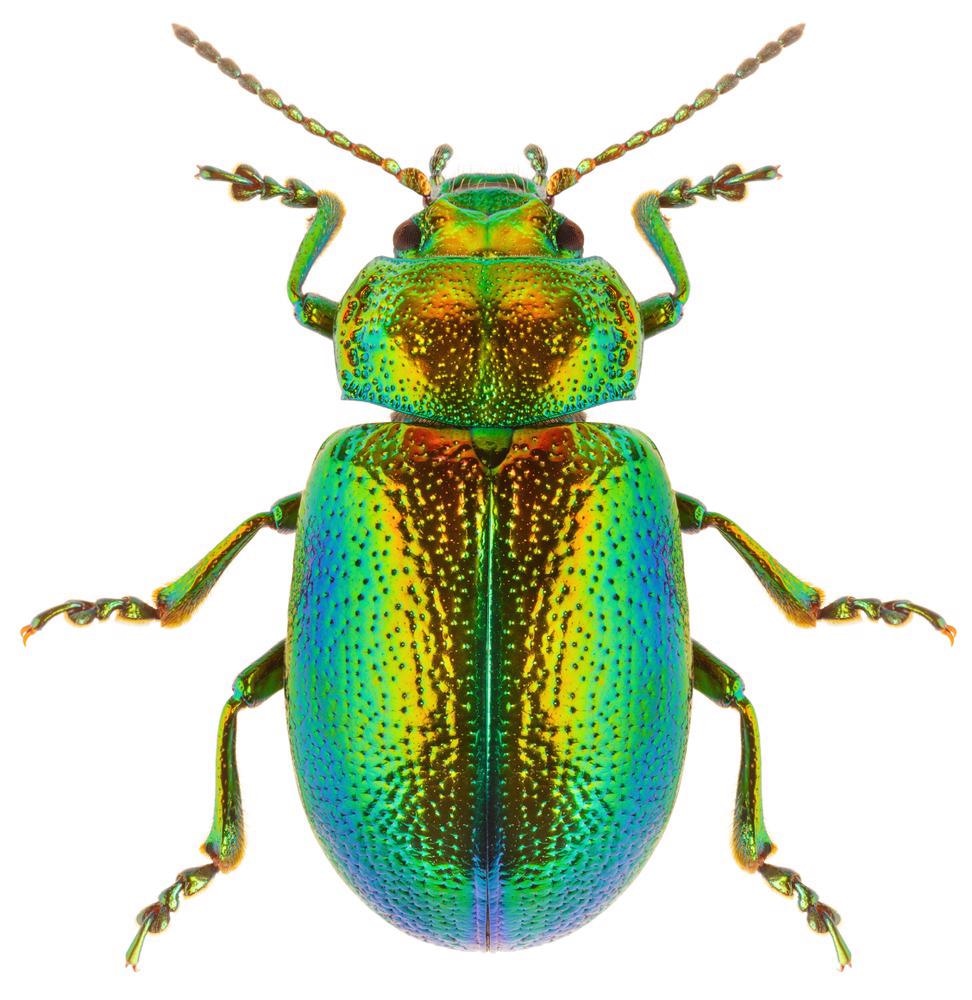According to a study published recently in the journal Nano Energy, a team of researchers has developed the first colored perovskite solar cells using liquid crystalline reflective screens.

Study: Development of Colored Perovskite Solar Cells Using Cholesteric Helicoidal Superstructures. Image Credit: Somchai_Stock/Shutterstock.com
Perovskite solar cells have widespread applications for building-integrated photovoltaics because of their remarkable electrochemical properties and ease of fabrication.
Applications of Perovskite Solar Cells (PeSCs)
Because of their excellent light absorption, low cost of production, and various applications, perovskite solar cells (PeSCs) are widely regarded as the next generation of solar cells.
Worldwide research has attempted to optimize their characteristics, with reports of perovskite solar cells reaching a validated power conversion efficiency (PCE) of greater than 25%.
PeSCs have recently been acknowledged for their usefulness in building-integrated photovoltaics (BIPV) because of their excellent color adjustability compared to other solar cells.
Colored PeSCs for Building-Integrated Photovoltaics
The colors of a city's buildings have a significant impact on its aesthetics.
Building-integrated photovoltaics (BIPVs) can help meet the energy needs of most modern buildings. As a result, the color of PeSCs is an important factor to consider when using them in BIPVs since they must cover all the building's outer structures (including roofs, walls, and window frames) to obtain net-zero power usage.
By changing the internal PeSC architecture, translucent or opaque perovskites with a multi-colored display can be created. Inner structures such as photosensitive perovskite layers, carrier carrying structures, or electrodes may be tuned to modify the colors.
Previous Challenges in Fabrication of Colored PeSCs
Methods for fabricating multi-colored translucent or opaque PeSCs include merging the nanocrystal sheets with regular PeSCs in various configurations. By changing the concentration of the nanotube and the diameter of the metal grate, the projected color may be controlled to the desired hue.
However, a significant gap between the wavelengths reflected by the screen and those collected by the photosensitive layer is generated using this process, resulting in a low PCE.
Although it is possible to significantly decrease PCE losses by optimization the screen thicknesses to minimize the gap between the wavelengths, increasing the size of the nanomaterial-based oxide screen is nearly impossible due to the vacuum procedures used in its production.
An Organic Technique for Colored PeSCs Production
In this work, the researchers used cholesteric reflective screens, which were influenced by the skin of a beetle, to produce efficient and opaque perovskite solar cells. Unlike metal and oxide-based reflection screens, cholesteric reflective filters (ChRFs) are entirely composed of organic compounds and are much easier to design and implement.
For use in colored PeSCs, two distinct kinds of ChRFs were produced, each with a distinct cross-linking pattern (monolayer or bilayer). Because the color of the ChRFs varies depending on the angle of view, they can be utilized to make colored PeSCs.
Since the reflective screens were created using only organic components and wet procedures, they can be used to build large and adaptable PeSCs without the need for expensive suction methods.

Study: Development of Colored Perovskite Solar Cells Using Cholesteric Helicoidal Superstructures. Image Credit: Anton Kozyrev/Shutterstock.com
Research Findings
To replicate the spiral organization seen in the beetle's skin, the researchers used a liquid crystalline cholesteric arrangement.
The reflective spectra, frequency, and absorbance of the developed ChRFs were more easily manipulated than those of metallic oxide reflective screens. Furthermore, since ChRFs are made of organic components using wet procedures, they are not constrained by the form and size of the hardware used.
Two distinct kinds of ChRFs were created for use in colored PeSCs. ChRF1 PeSCs demonstrated negligible PCE losses (10%) but had a limited color range due to the filter's 50% reflectivity.
By comparison, ChRF2 PeSCs displayed larger PCE losses because their reflectance was double that of the ChRF1 PeSCs. However, the increased aesthetic qualities of ChRF2 PeSCs owing to the broader color spectrum compensate for the reduced PCE, notably in BIPV applications.
To Conclude
This research presents the development of the first colored perovskite solar cells using ChRFs, influenced by the skin of a beetle. The colorful PeSCs reported in this study are designed for use on roofs and building walls to maximize solar energy collection while retaining architectural aesthetics.
Continue reading: Modeling Wing Nanostructures to Improve Solar Technologies.
References
Bae, S. et al.. (2021). Development of Colored Perovskite Solar Cells Using Cholesteric Helicoidal Superstructures. Nano Energy. Available at: https://www.sciencedirect.com/science/article/abs/pii/S2211285521010508
Disclaimer: The views expressed here are those of the author expressed in their private capacity and do not necessarily represent the views of AZoM.com Limited T/A AZoNetwork the owner and operator of this website. This disclaimer forms part of the Terms and conditions of use of this website.